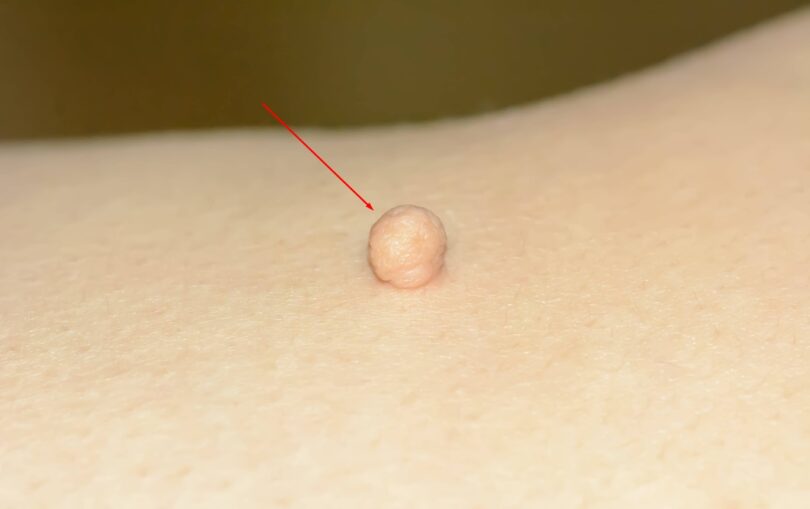Removing skin tags at home might seem like a simple, cost-effective solution, but it comes with significant risks that could lead to complications. Skin tags are small, benign growths that commonly appear in areas where the skin folds, such as the neck, armpits, and groin. While they are generally harmless, removing them without proper medical guidance can lead to several dangers.
Risks of DIY Skin Tag Removal
- Infection: The biggest risk associated with removing skin tags yourself is the potential for infection. Using non-sterile tools like scissors or nail clippers can introduce bacteria into the wound, leading to infections that may require medical treatment. Even using over-the-counter skin tag removal products can irritate the surrounding skin and create an entry point for bacteria.
- Bleeding: Skin tags are often connected to blood vessels, so attempting to remove them can result in significant bleeding. If a skin tag is accidentally cut too deeply, it can damage underlying blood vessels, leading to excessive bleeding, which can be difficult to control at home.
- Scarring: Without the precision of a medical professional, removing skin tags at home can lead to scarring. Scars can be unsightly and may require additional treatments to improve their appearance.
- Misdiagnosis: Not all skin growths are skin tags. Some could be moles or even early-stage skin cancer. Attempting to remove a growth at home without a proper diagnosis from a healthcare provider could delay the detection and treatment of a serious condition.
- Incomplete Removal: DIY methods often fail to completely remove the skin tag, leading to recurrence. Incomplete removal can also irritate the skin and worsen the appearance of the area.
Professional Removal is Safer
Dermatologists use sterilized equipment and have the expertise to remove skin tags with minimal risk. They can also accurately diagnose the growth to ensure it is indeed a benign skin tag and not something more serious. Professional methods, such as cryotherapy (freezing), electrocautery (burning), or snipping with sterile scissors, are effective and reduce the risk of complications like infection or scarring.
Conclusion
While it may be tempting to remove skin tags yourself, the risks far outweigh the benefits. It’s always safer to seek professional medical advice to ensure that skin tags are removed safely and effectively. If you’re concerned about the cost, it’s worth noting that while many insurance plans do not cover cosmetic procedures, the peace of mind and safety provided by a healthcare professional is invaluable.
For further information, refer to trusted sources such as the Ohio State University Wexner Medical Center, which offers comprehensive guidance on the safe removal of skin tags and other dermatological concerns.








